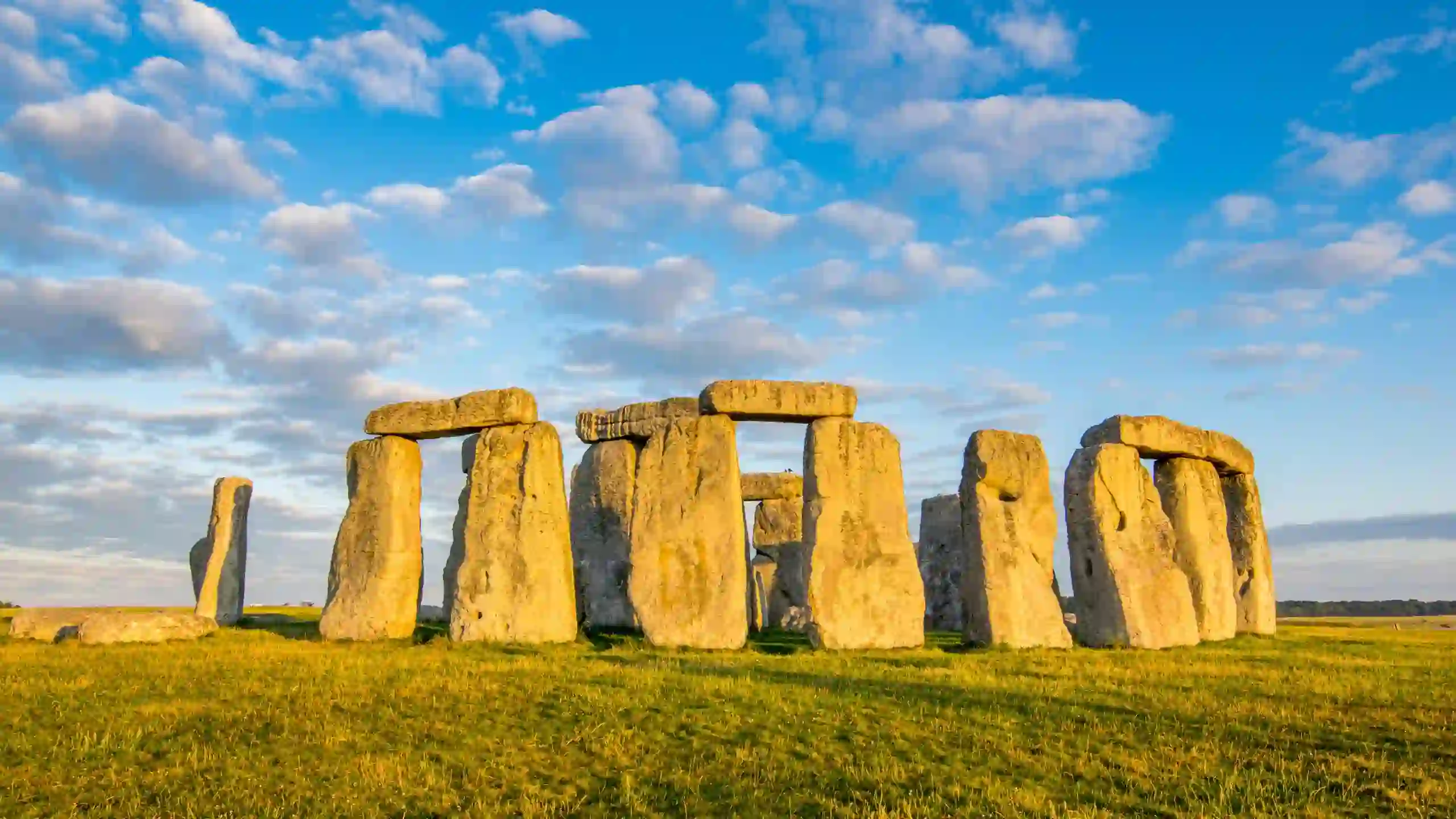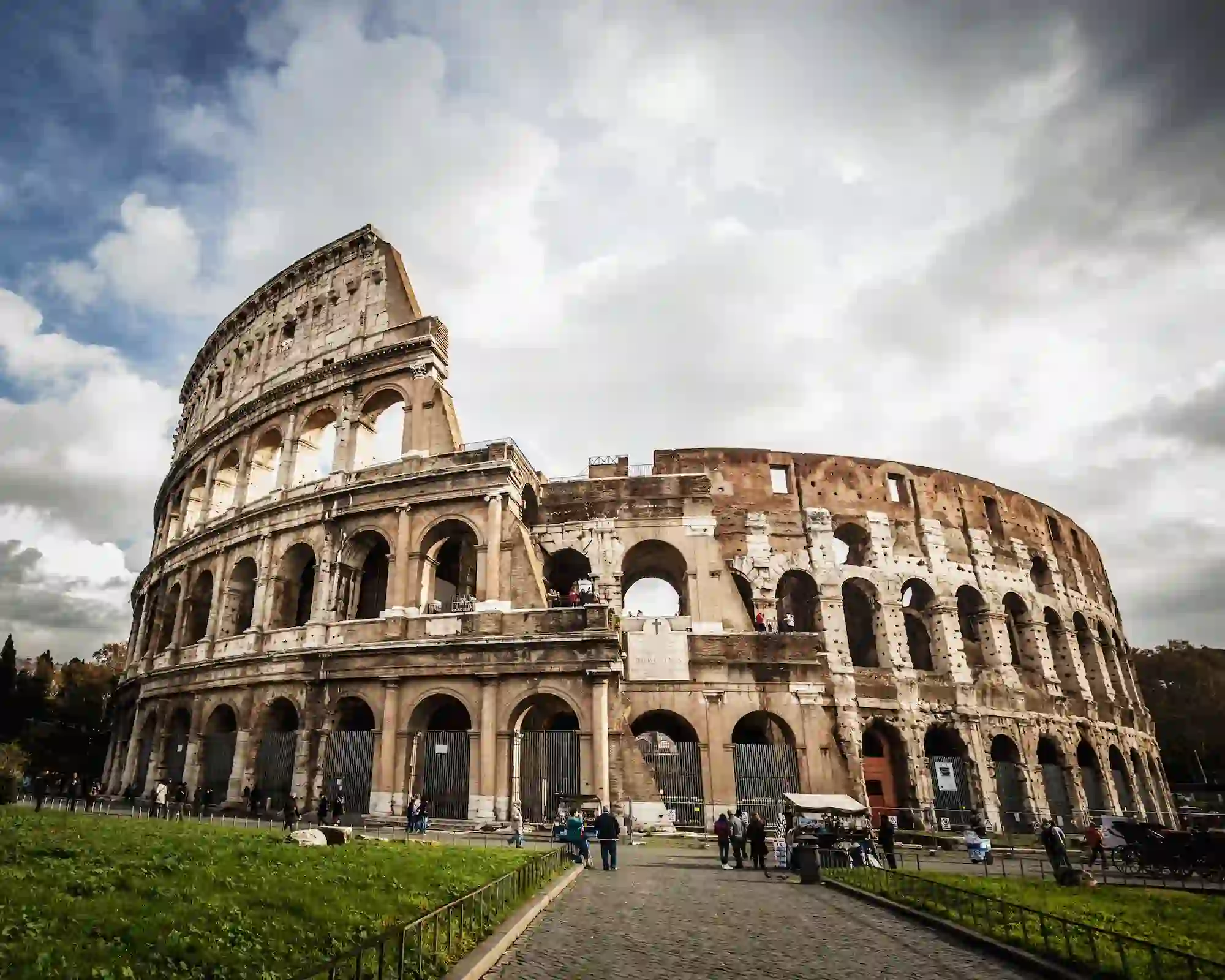The Mysterious Megaliths of India: From intricately carved temples to ancient forts, India is home to many historical wonders. Among these treasures are the mysterious megaliths, large stone structures built in prehistoric times. These architectural marvels, shrouded in mystery, tell the story of ancient civilizations, their beliefs, and their advanced engineering skills.
What are megaliths?
Megaliths are large stones that were used to build monuments or structures, often as burial sites, ceremonial sites, or markers. These structures, some of which date back to 1500 BC, are found all over the world. In India, they are scattered across regions such as the northeast, south, and central parts of the country.
The word “megalith” comes from the Greek words mega (large) and lithos (stone). While their exact purpose varies, they provide a glimpse into the lives and rituals of early communities, making them significant for both archaeology and anthropology.
Types of Megaliths Found in India:

Megaliths in India come in a variety of forms, each serving a different purpose and reflecting the cultural diversity of ancient tribes.
- Dolmens
Dolmens are stone chambers usually made of large upright stones that support flat horizontal slabs. These structures were often burial sites, believed to honor the dead. The Nilgiri Hills of Tamil Nadu contain some of the best-preserved dolmens in India. - Menhirs
Menhirs are tall, upright stones, often solitary, used as memorials or territorial markers. Found in regions such as Meghalaya and Manipur, they stand as silent sentinels of time. The menhirs of the Khasi Hills, known as Mawbinna, are famous examples. - Stone circles
As the name suggests, stone circles consist of stones arranged in a circular pattern. They are often associated with burial practices. Megalithic sites in Vidarbha, Maharashtra show well-preserved stone circles. - Cairns and Cists
Cairns are stone mounds used as burial markers, while cists are tombs made of small stones. Both forms are commonly found in Andhra Pradesh, Karnataka, and Kerala, indicating the widespread practice of honoring the dead with megalithic structures.
Notable Megalithic Sites in India:
- Mawsynram, Meghalaya
Known as one of the wettest places on earth, Mawsynram is home to an impressive collection of megaliths. These structures are often associated with tribal rituals and serve as evidence of the rich cultural heritage of the Khasi community. - Hayar Benakal, Karnataka
Hayar Benakal, a UNESCO World Heritage Site, boasts one of the largest collections of megalithic monuments in India. The site contains over 400 megaliths, including dolmens and cairns, and is believed to date back to 800 BC. - Burjahom, Jammu and Kashmir
The Burjahom archaeological site provides evidence of early human settlement and megalithic practices in the Himalayan region. Its unique burial practices, including skeletal remains in pits along with tools and pottery, provide fascinating insights into ancient life. - Junpani, Maharashtra
Junpani, near Nagpur, contains numerous stone circles, which demonstrate the engineering and astronomical knowledge of the ancient community. These circles are believed to be aligned with celestial events, demonstrating an advanced understanding of astronomy at the time.
Theories behind the purpose of megaliths:
The exact reasons behind the construction of megaliths remain speculative, with theories ranging from religious and astronomical to practical.
- Burial customs: Many megalithic sites served as burial grounds, reflecting the spiritual beliefs and rituals of the era.
- Astronomical observatories: Some structures are aligned with celestial events, suggesting that they were used to track the seasons or as part of religious ceremonies.
- Territorial markers: Menhirs and stone circles may have marked boundaries or had symbolic significance in tribal hierarchies.
The mystery continues:
Despite extensive research, megaliths still puzzle archaeologists and historians. How did ancient people move and erect such large stones without modern machinery? Did these structures serve specific rituals or purposes?
A popular theory suggests that megaliths were communal efforts, uniting communities in shared labor and purpose. This idea often resonates with the spiritual significance associated with these structures, making them more than mere stone monuments.
Preserving India’s Megalithic Heritage:
India’s megaliths are not just archaeological sites; they are cultural treasures that need protection. Unfortunately, many of these structures are threatened by urbanization, vandalism, and neglect. Awareness campaigns and conservation efforts are crucial to ensure their survival.
Organizations like the Archaeological Survey of India (ASI) and UNESCO play a vital role in preserving these sites, but public participation is equally important. By visiting and respecting these monuments, we contribute to their legacy.
The megaliths of India are silent storytellers, tales of ancient civilizations, their beliefs and their ingenuity. From the menhirs of Meghalaya to the dolmens of Karnataka, these mysterious structures continue to inspire wonder and curiosity. As we delve deeper into their secrets, we not only uncover the history of our ancestors, but also strengthen our connection with the past.
Read Also: The Ancient Cities of the Deccan Plateau
![]()






One thought on “The Mysterious Megaliths of India”